Rising Incidence of Blood Disorders
The Leukapheresis Device Market is experiencing growth due to the increasing prevalence of blood disorders such as leukemia and lymphoma. These conditions necessitate effective treatment options, leading to a heightened demand for leukapheresis procedures. According to recent data, the incidence of leukemia has been on the rise, with estimates suggesting that approximately 21,000 new cases are diagnosed annually. This trend underscores the need for advanced medical devices that can efficiently separate white blood cells from the bloodstream, thereby facilitating targeted therapies. As healthcare providers seek to improve patient outcomes, the leukapheresis device market is likely to expand, driven by the urgent need for innovative solutions in the management of hematological malignancies.
Growing Awareness of Apheresis Procedures
The Leukapheresis Device Market is benefiting from a growing awareness of apheresis procedures among healthcare professionals and patients. Educational initiatives and outreach programs have been instrumental in informing stakeholders about the benefits of leukapheresis in treating various medical conditions. As more clinicians recognize the therapeutic potential of leukapheresis, the demand for these devices is likely to increase. Market data suggests that the number of apheresis procedures performed annually has risen significantly, reflecting a shift in treatment paradigms. This heightened awareness not only drives device sales but also encourages further research into the efficacy of leukapheresis, potentially leading to new applications and expanded market opportunities.
Regulatory Support for Advanced Therapies
Regulatory support for advanced therapies is significantly influencing the Leukapheresis Device Market. Regulatory bodies are increasingly recognizing the importance of leukapheresis in the treatment of various diseases, leading to streamlined approval processes for new devices. This supportive regulatory environment encourages manufacturers to innovate and bring new products to market more efficiently. Additionally, the establishment of clear guidelines for the use of leukapheresis devices enhances clinician confidence in these technologies, potentially increasing their adoption in clinical practice. As regulatory frameworks continue to evolve, they are likely to foster a more robust market for leukapheresis devices, ultimately benefiting patients who require these life-saving treatments.
Technological Innovations in Device Design
Technological advancements play a pivotal role in shaping the Leukapheresis Device Market. Innovations in device design, such as automated systems and improved filtration techniques, enhance the efficiency and safety of leukapheresis procedures. For instance, the introduction of closed-loop systems minimizes the risk of contamination, which is crucial for patient safety. Furthermore, the integration of real-time monitoring systems allows healthcare professionals to optimize the leukapheresis process, potentially increasing patient throughput. As these technologies evolve, they are expected to attract more healthcare facilities to adopt leukapheresis devices, thereby driving market growth. The ongoing research and development efforts in this sector indicate a promising future for the leukapheresis device market.
Increasing Investment in Healthcare Infrastructure
Investment in healthcare infrastructure is a critical driver for the Leukapheresis Device Market. As countries prioritize healthcare improvements, there is a corresponding increase in funding for advanced medical technologies, including leukapheresis devices. This trend is particularly evident in emerging markets, where governments and private entities are collaborating to enhance healthcare delivery systems. The establishment of specialized treatment centers equipped with state-of-the-art leukapheresis devices is becoming more common, thereby expanding access to these essential therapies. Market analysts project that this investment trend will continue, further propelling the growth of the leukapheresis device market as more facilities adopt these technologies to meet rising patient needs.


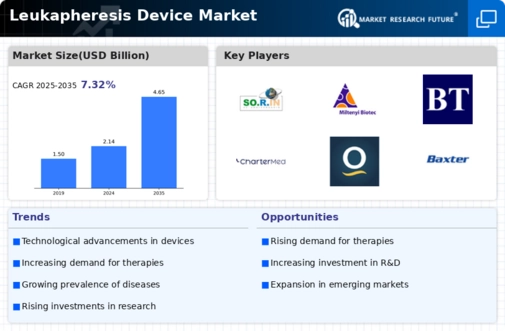
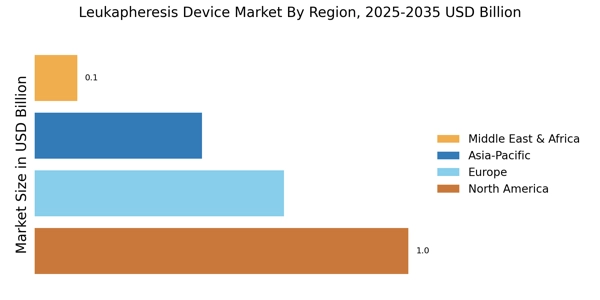
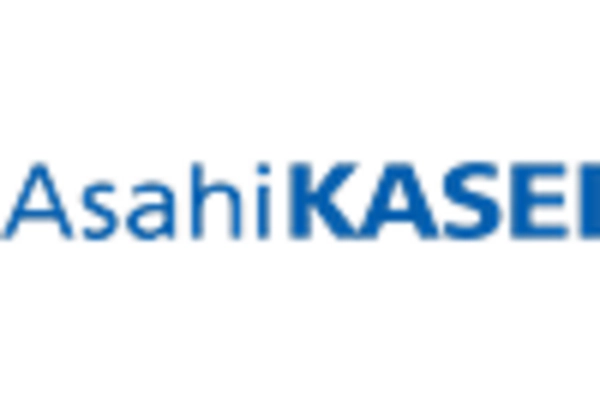
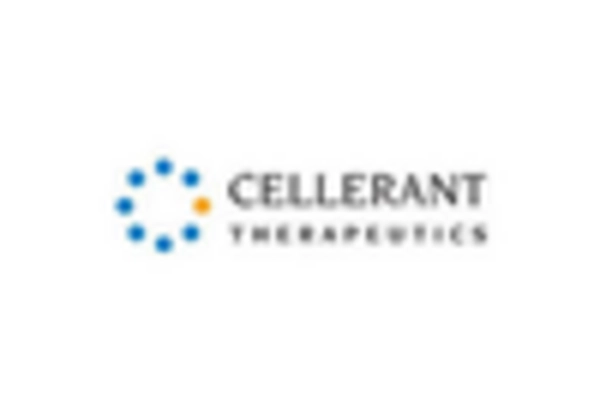
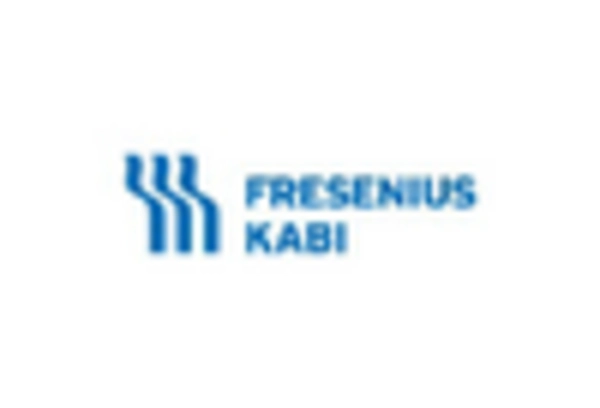
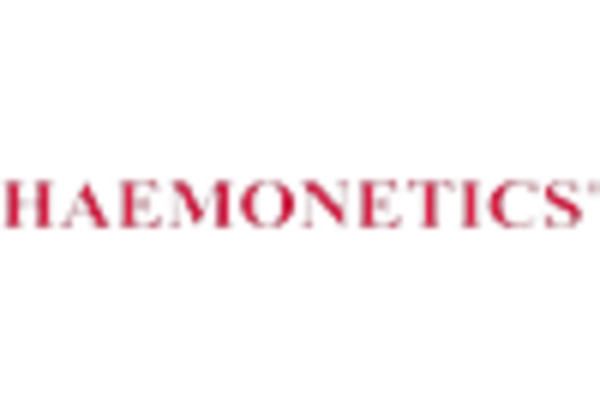
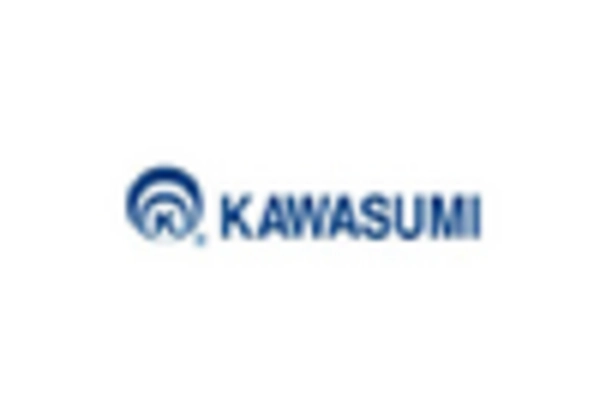
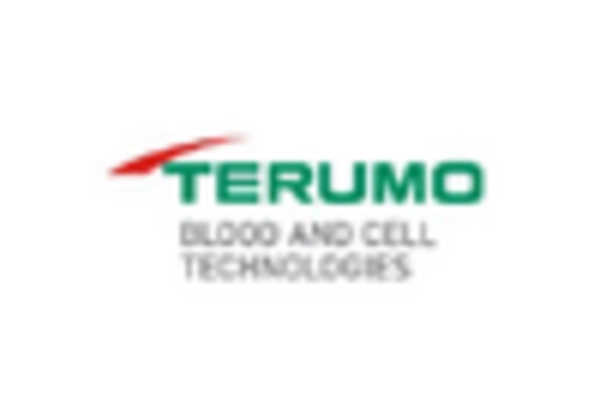








Leave a Comment